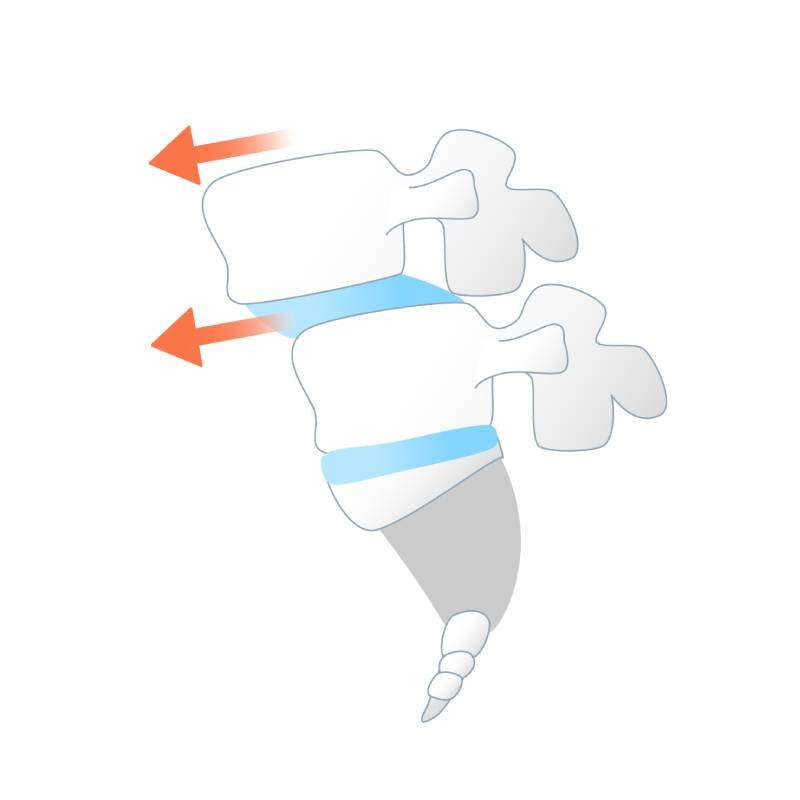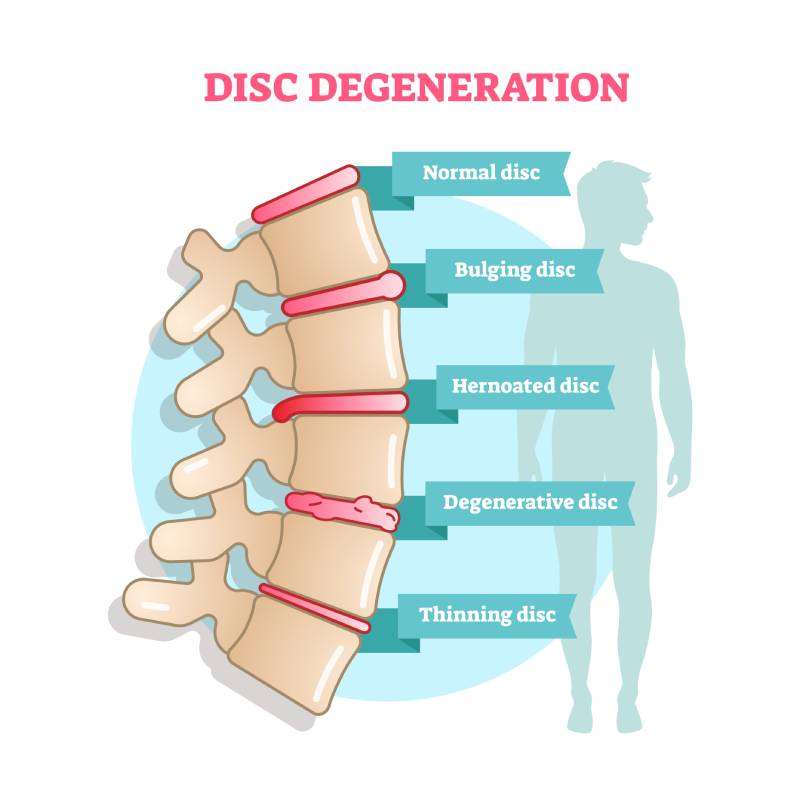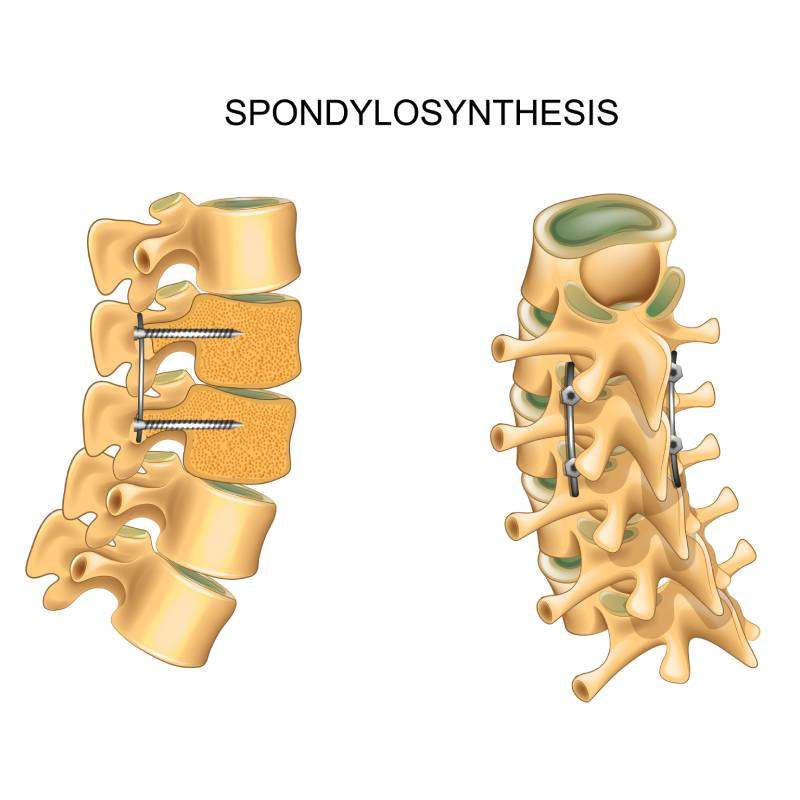Physical Therapy For Back Pain
Spondylolisthesis/Spondylolysis
Anatomy
Spondylolysis is a defect or stress fracture of the pars interarticularis in the vertebral column, this typically occurs in the lower lumbar spine. Patients will present with pain in the lumbar spine especially when leaning backwards or jumping. If this progresses to a bilateral pars defect this can develop into a spondylolisthesis which is the slipping of the vertebra forward; this is a serious complication.
Who is at risk
This injury occurs more commonly in young athletes, males greater than females. Athletic activities that require repetitive hyperextension and rotation predispose athletes to develop the pars defects/stress fractures. Think gymnasts, baseball and basketball players, athletes that are jumping and landing in extension or creating force in a rotational manner. If your teen is complaining of low back pain, give us a call, we can identify this pathology before it progresses.
How Pt can help
During the evaluation we can use special testing to help clinically diagnose a spondy and refer for further imaging if needed. We can treat this population with a series of stabilization training, activity modification and reintegration back into sport or activities.
Degenerative Disc Disease
Anatomy
Degenerative Disc Disease or DDD is an umbrella term for disc pathology, most commonly seen in the lumbar spine. The intervertebral disc has three layers and evidence shows that it is mobile and a source of mechanically generated pain. Pain can be generated from stress that is placed on the outer aspect of the disc which is innervated by nerve endings or by movement of the disc into the neighboring nerve roots. This may cause pain radiating down the legs, also referred to as radiculopathy. Dynamic movement and postures affect the pressure in the disc and can affect pain, this is why PT is such an effective treatment.
Who is at risk
As we enter the third decade of life we begin to see increases in risk of DDD. Especially if we participate in sports, heavy labor intensive jobs, develop obesity or participate in high inflammatory habits such as smoking.
How Pt can help
At Wall 2 Wall Sports & Rehab we evaluate our clients suffering from lumbar spine pain holistically and systematically. We rule out all red flags and then move into a specific movement evaluation called McKenzie Approach that allows us to categorize your pathology and treat you most effectively.
• If you are someone who has undergone surgical intervention for DDD (most commonly lumbar laminectomy and discectomy) we can treat you safely and effectively. Studies show that this surgical intervention has approximately 60% success rate and 10-40% of patients will have poor outcomes so please reach out to your movement specialist after your surgery.
Lumbar Fusion
Anatomy
Lumbar fusion is an end stage salvage procedure to reduce risk of nerve damage in the spine secondary to lumbar vertebral instability. This instability can be caused by a multitude of reasons including progressive DDD. Spinal fusion surgery involves adding bone graft to an area of the spine to set up a biological response that causes the bone to grow between the two vertebral elements and thereby stop the motion at the segment. There are 3 main types of fusions; Type 1: Pedicle screws with posterior-lateral bone graft. Type 2: Spinous process plate/interspinous fusion: uses plate that fixates distance between spinous process to the next spinous process and to hold open the foramen. The foramen is where the nerve roots exit the spinal canal. It is thought that these devices may also unload the intervertebral disc. Type 3: Pedicle screws with bone graft and interbody fusion (PLIF, LLIF, TLIF, Post approach plus ALIF).
• If you have questions regarding a spinal fusion, please give us a call and we can discuss this in more detail.
Who is at risk
Elderly individuals with chronic low back pain stemming from instability. Others who have suffered from acute trauma to the spinal segments.
How PT can help
Post-operative care of a spinal fusion is meticulous, we follow evidence based protocols that follow a 3 stage rehabilitation process. The first phase is the protection phase with early muscle activation and mobility. The second phase is an intermediate strengthening phase, and the final phase is where we rebuild your muscle strength and long term spinal stability. Our goal will be to return you to a guided walking program within a couple weeks of your surgery.



